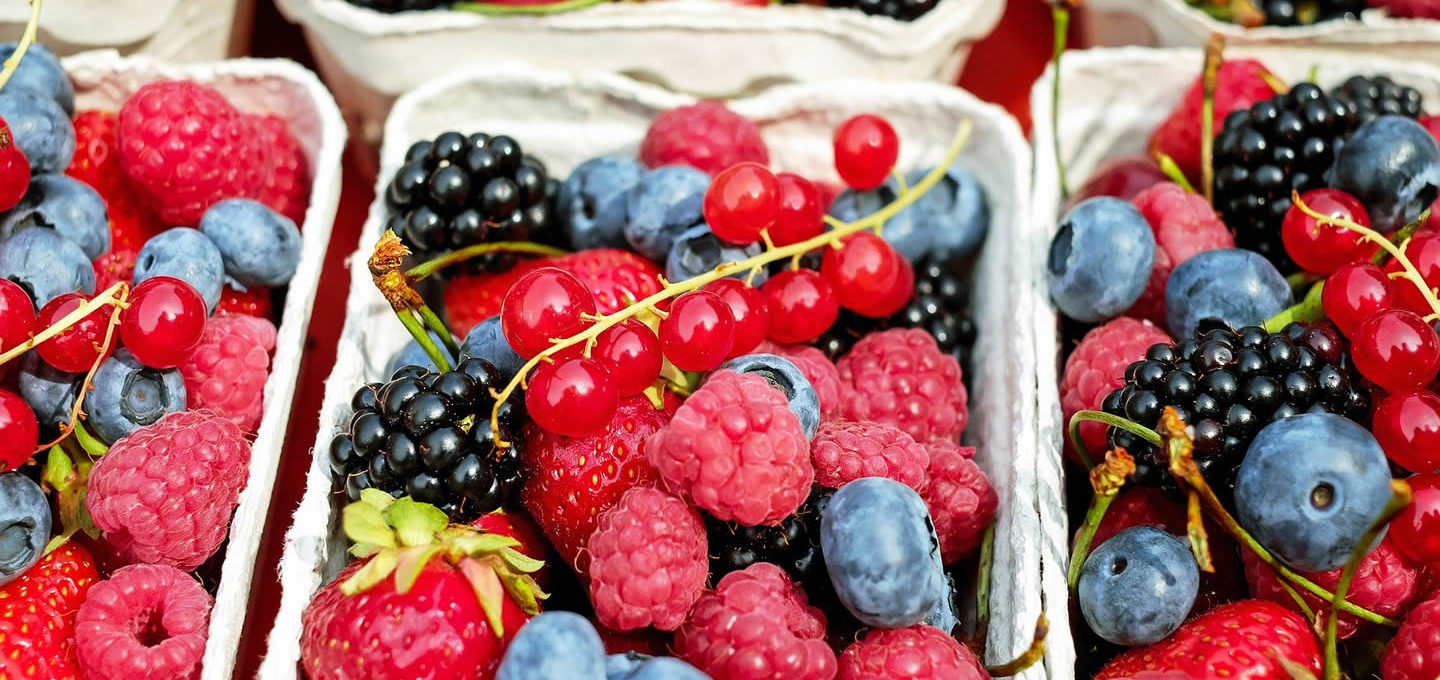Food powders like Huel may be considered the “foods of the future”, providing all the calories and nutrition we require in a simple, minimal form, but new research shows we might not yet understand all the benefits of the plant foods we consume.
Eating dark leafy greens or bright orange carrots do not just offer calories, fibre, vitamins and minerals, but also a wealth of phytochemicals that we are only in the early stages of understanding. Some may fight cancer or other diseases, and some may be harmful, but they all have an impact on our bodies and cannot be substituted by artificially-created drinks, powders, and pills.
Phytochemicals are literally “plant chemicals”, all of which contribute to the taste, smell, and colour of the fruits, vegetables, nuts, and seeds we consume. They are the elements that make Brussels sprouts green and bitter, the carrots orange and crunchy, and the cranberry sauce bright red and tart on your Christmas dinner plate. And they are found in all parts of the vegetable, in particular the peel or skin, where much of the colour his held.
There are believed to be more than 5,000 phytochemicals in the fruit and vegetables we eat, and the current best advice is that variety is key. The wider the variation of phytochemicals we get in our diets the better it will be for our health. It has long been the recommendation of doctors to eat at least five portions of fruits or vegetables each day, and now the advice follows that these plants should be of different colours. If you can eat a multiple green, red, orange, and pink plants each day then you are on the right path. And interestingly, the processes that turn these plants into “future meal powders or drinks” also strips out their colours and in turn strips out the benefits of these phytochemicals along the way.
We are still in the relatively early days of studying phytochemicals, with reference substances only having been available for a few decades. Laboratory studies have shown that high levels of certain compounds, such as resveratrol, can help prevent cancer and heart disease in mice, but extrapolating that to humans ingesting a “normal” amount of grapes, blueberries, raspberries, mulberries, and peanuts in which the compound resides, is difficult. The wider generalised studies that show the the effects of diet on health outcomes may also imply the benefits of certain compounds, but it is difficult to show cause and effect.
The benefits of phytochemicals are not yet conclusive and more experiments and study of the herbal reference materials are required. But bright and colourful plates are well known to be the healthiest way to eat (as well as the most Instagrammable), and phytochemicals may be critical to those benefits.
Photograph by Couleur

